As an actuator, a stepper motor is one of the key products of electromechanical integration and is widely used in various automation control systems. Do you know which models of stepper motors do? How is it defined? This article mainly introduces the stepper motor model definition and the choice, first introduced the characteristic and the classification of the stepping motor, next elaborated the stepper motor model definition and the explanation, finally introduced the stepping motor choice and the notice.
Stepper motor introductionStepping motor is an open-loop control motor that converts electric pulse signals into angular displacement or linear displacement. It is the main implementing element in modern digital program control systems and is widely used. In the case of non-overloading, the speed of the motor, the position of the stop depends only on the frequency and number of pulses of the pulse signal, and is not affected by the load change. When the step driver receives a pulse signal, it drives the stepper motor. The set direction is rotated by a fixed angle, called the "step angle", and its rotation is performed step by step at a fixed angle. By controlling the number of pulses to control the amount of angular displacement, so as to achieve the purpose of accurate positioning; at the same time can control the pulse frequency to control the speed and acceleration of the motor rotation, so as to achieve the purpose of speed control.
Stepper motor is an induction motor, its working principle is to use electronic circuits, the DC power supply when the component, multi-phase timing control current, with this current for the stepper motor, stepper motor to work properly, The driver is a time-sharing power supply for the stepper motor, multi-phase timing controller.

1. The accuracy of a stepper motor is typically 3-5% of the step angle and does not accumulate.
2. The maximum allowable temperature of the stepper motor. Excessively high temperature of the stepping motor first demagnetizes the magnetic material of the motor, resulting in a drop in torque and even loss of synchronism. Therefore, the maximum temperature allowed by the appearance of the motor should depend on the demagnetization point of the magnetic material of different motors; in general, the demagnetization of the magnetic material. The points are all above 130 degrees Celsius, and some are even up to 200 degrees Celsius, so the external temperature of the stepper motor is completely normal at 80-90 degrees Celsius.
3, stepper motor torque will fall with the increase in speed. When the stepper motor rotates, the inductance of each phase winding of the motor will form a counter electromotive force; the higher the frequency, the greater the counter electromotive force. Under its effect, the phase current of the motor decreases with increasing frequency (or speed), resulting in a decrease in torque.
4. The stepping motor can run normally at low speed, but if it is higher than a certain speed, it cannot be started and accompanied by howling.
Stepper motor classification1, reaction type
The stator has windings and the rotor consists of soft magnetic material. Simple structure, low cost, small step angle, up to 1.2°, but poor dynamic performance, low efficiency, heat, and reliability are difficult to guarantee.
2, permanent magnet type
The rotor of the permanent magnet stepping motor is made of a permanent magnet material, and the number of poles of the rotor is the same as the number of poles of the stator. Its characteristic is that the dynamic performance is good, the output torque is large, but this kind of electrical machinery is poor in accuracy, the step angle is large (usually 7.5 ° or 15 °).
3, hybrid
The hybrid stepper motor combines the advantages of reaction type and permanent magnet type. There are polyphase windings on the stator and permanent magnet material on the rotor. There are multiple small teeth on the rotor and stator to improve the step accuracy. Its characteristics are large output torque, good dynamic performance, small step angle, but complex structure and relatively high cost.
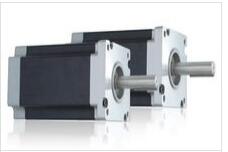
1. How many types of stepper motors do you have?
Answer: 28.42.57.86.110.130.
2. Do these numbers represent the size of the motor?
A: These models are named after the diameter of the base of the motor.
3. What other English models are there in addition to BYG? What do they mean?
A: Now more hybrids are hybrid stepper motors. And now this kind of thing is already localized. The names of various manufacturers are different. So can not give you a better explanation.
Stepper motor model description

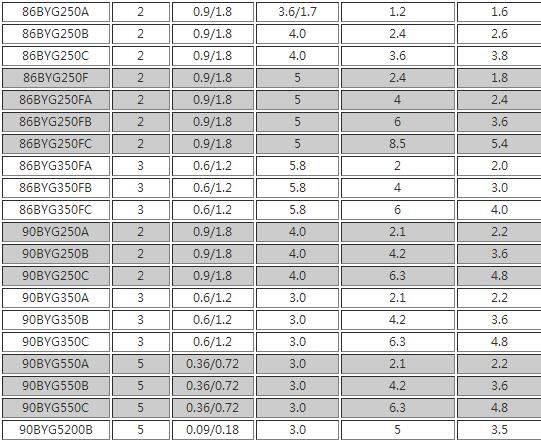
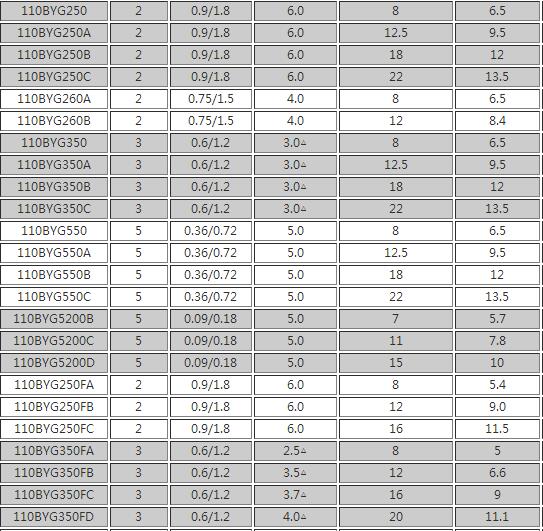
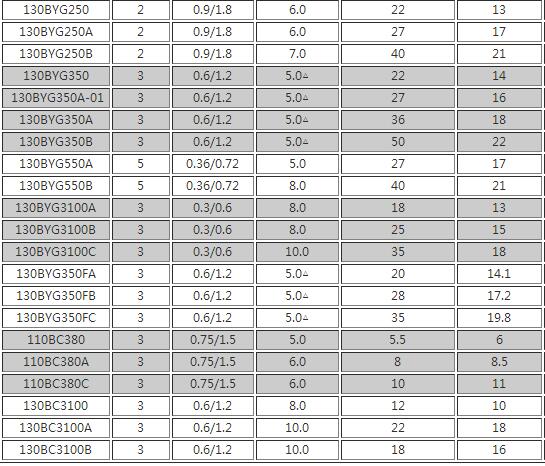
1. Determine how much torque is needed: Static torque is one of the main parameters for selecting a stepper motor. When the load is large, a large torque motor is required. When the torque index is large, the motor is also large in appearance.
2. Judging the running speed of the motor: When the rotating speed requirement is high, the motor with larger phase current and less inductance should be selected to increase the power input. The higher supply voltage is used when selecting the driver.
3ã€Select the motor installation specifications: such as 57,86,110, etc., mainly related to torque requirements.
4, to determine the positioning accuracy and vibration requirements: determine whether to subdivide, how much subdivision.
5. Select the driver according to the motor current, subdivision and supply voltage.
Use stepper motor considerations1. In general, stepping motors with a torque of 50 to 100% more than the actual need should be used, because the stepper motor can not operate under overload, even momentary overload may cause out of step, stall or irregular back and forth. move.
2. The pulse current input by the upper controller must be large enough (usually 10mA) to ensure stable optocoupler conduction. Otherwise, the stepper motor will be out of step. If the input pulse frequency is too high, individual pulse reception will occur. Less than led to stepping motors out of step.
3, the starting frequency should not be too high, should be set in the start-up process acceleration process, that is, starting from the specified starting frequency, accelerated to the set frequency, otherwise it may be unstable, or even inactive.
4. If the motor is not fixed, causing a strong resonance, it will lead to stepping motor out of step.
5, should understand the inherent weakness of stepper motor: the input pulse frequency is too high, easily lead to lost steps; input pulse frequency is too low, prone to resonance; speed is high when the torque decreases significantly.
6, should understand the performance of the latest stepper motor, if necessary, use the advanced stepper motor system using the latest control technology, advanced systems can not only make the stepper motor at high speed reduce resonance, but also can reduce the use of stepper motor The electromotive force technology increases the torque of the motor at high speed.
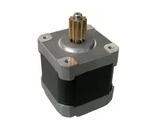
Hengstar professional CCTV monitors are designed for professional surveillance systems. The monitors have multi signal input options, and using BNC connectors, which can support long distance signal transmission. Its controller boards have functions of: low EMI, 3D filter and 3D noise reduction and professional Mstar ACE-3 image/color processing and, ensuring the monitors have a perfect image. We have different board solutions for various input needs, and monitors of small size(10.4'') to big size(65'') for option. Our monitors support wall mount and desktop solutions, other mounting solutions are customizable according to customer's requirements. This professional CCTV monitors have been widely applied to control centers, stations, banks, medical diagnose and other site monitoring fields.
cctv monitor,cctv monitor screen,cctv display monitor,surveillance monitor,surveillance monitoring,video surveillance monitors
Shenzhen Hengstar Technology Co., Ltd. , https://www.angeltondal.com